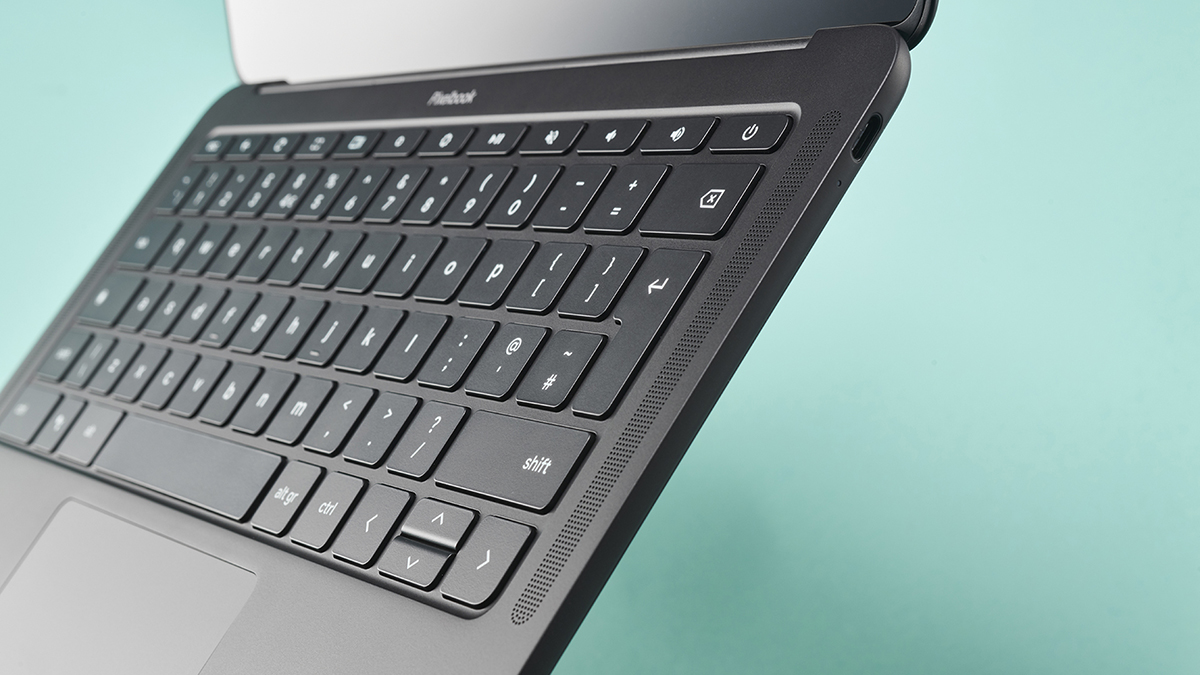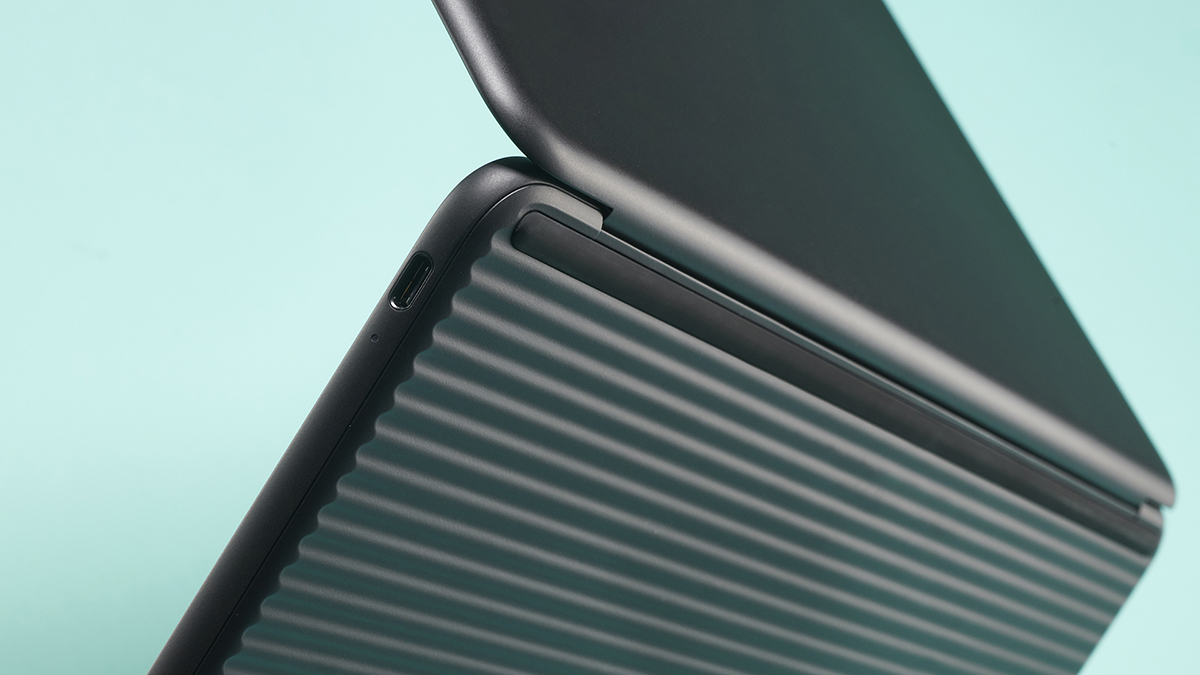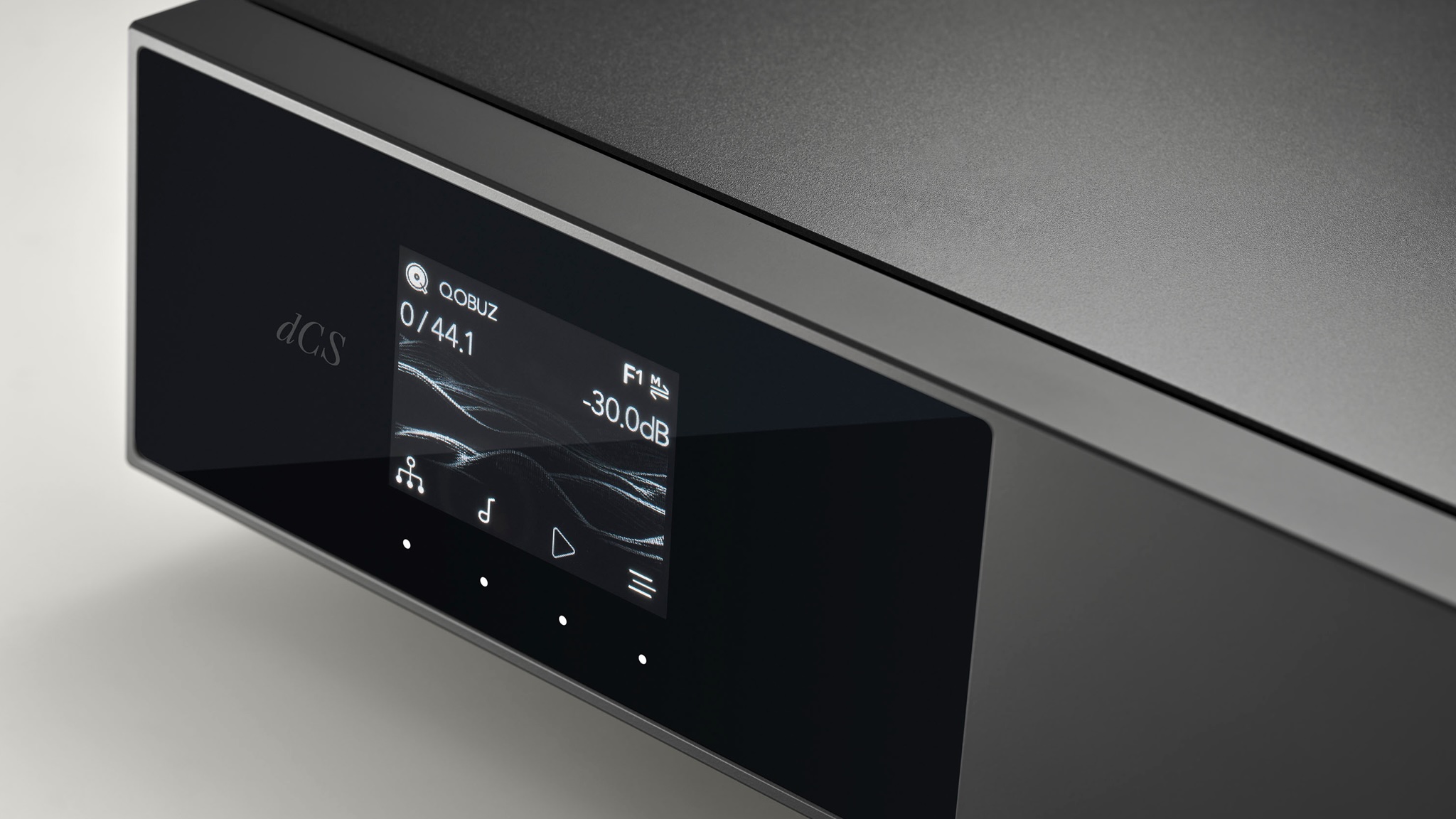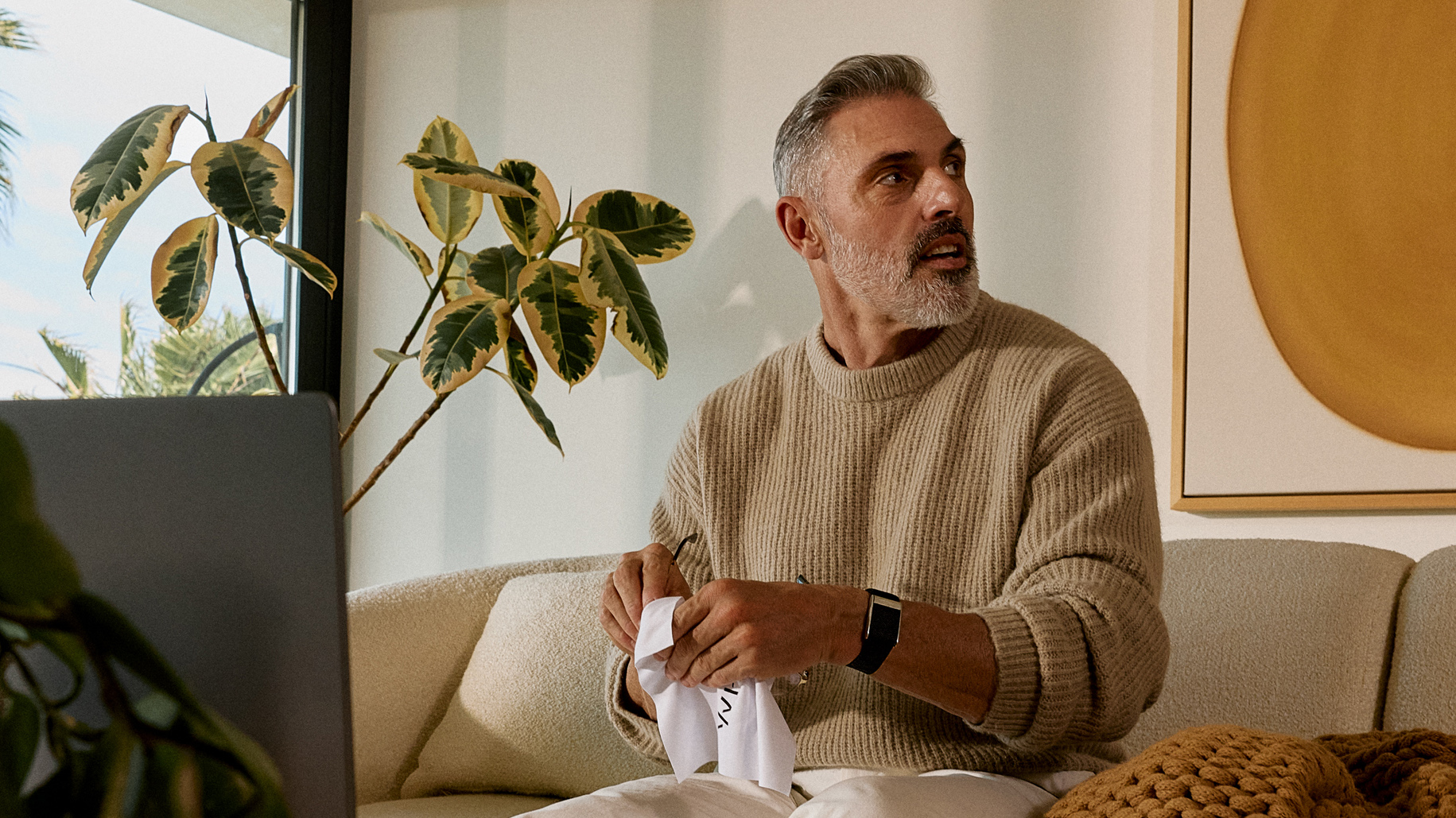Google Pixelbook Go review: the new flagship affordable Chromebook
If you want the best Chromebook, then the Google Pixelbook Go should be on your shortlist

The Google Pixelbook Go isn't perfect – and it's possibly a little overpriced – but it's one of the best Chromebooks in terms of how much fun it is to use.
-
+
Choice of configurations
-
+
Stylish, compact design
-
+
Support for Android apps
-
-
16:9 display feels squashed
-
-
No integrated stylus
-
-
Top spec costs a lot of money
Why you can trust T3

Google Pixelbook Go - key specs
OS: Chrome OS
Size: 311x 206.3x13.4 mm
Weight: 1,061g (Full HD), 1,090g (4K)
Processor: Intel Core m3 up to i7
Graphics: Intel UHD 615 GPU
Screen: 13.3-inch LCD touchscreen, Full HD (1920x1080 pixels, 166 ppi) or 4K (3840x2160 pixels, 331 ppi)
Memory: 8GB or 16GB
Storage: 64GB, 128GB or 256GB
Battery: 12 hours
Camera: 2MP, 1080p webcam
The Pixelbook Go is here to dethrone the original Google Pixelbook – now more than two years old – as Google's flagship Chromebook, the device that shows off Chrome OS at its very best. It aims to be for Google what the Surface Laptop is for Microsoft, or what the MacBook Pro is for Apple, and it hits very close to its target.
If you're after one of the best laptops or best Chromebooks in the business, then the Pixelbook Go does enough to stake a claim to be on your shortlist. It's also one of the most compact laptops on the market right now, and is definitely worthy of your attention if you're in the market for a student laptop.
- Want something more budget? Here are the best laptops under £500
Google Pixelbook Go review: design and screen
First and foremost the Pixelbook Go is a stylish-looking computer, made from tough but light magnesium. We like the overly curved corners, the matte finish, and the ribbed, textured underside of the laptop, which adds extra stickiness for when the Pixelbook Go is on a lap or on a table. You can pick up the Pixelbook Go in black or light pink, depending on the model you order.
The 13.3-inch display that Google has attached to the Pixelbook Go is top-notch too: bright and sharp, and able to display photos and movies with a real punch. We wish the bezels were a little smaller, but they're fine as they are. Four different Pixelbook Go models are available, three with a 1920x1080-pixel Full HD display, and the top-tier model with a 3840x2160-pixel 4K display.

Those screen options all operate at a 16:9 aspect ratio, which is distinctly different from the 2017 Pixelbook aspect ratio of 3:2. The widescreen look is better for Netflix and YouTube, but anyone upgrading from the original Pixelbook is going to miss the extra height for browsing the web and working on documents. (The Microsoft Surface Pro 7 is a new machine that has a 3:2 display, if you're interested.)
Unlike that Pixelbook predecessor, the Pixelbook Go doesn't have a display with a full 360-degree hinge either. You can't fold it into a tent configuration for video watching, or fold it flat so it doubles as a tablet – it's just the standard laptop hinge.
We're big fans of the backlit keyboard, which is elegantly designed and a pleasure to type on, with just the right amount of soft travel in the keys.
Specs-wise, you can opt for 8GB or 16GB of RAM, 64GB, 128GB or 256GB of internal storage, and your choice of 8th-gen Intel Core m3, i5 or i7 processors. Any of those picks should be able to to run Chrome OS comfortably, but the more you spend, the better the Pixelbook Go will be able to cope with multiple browser tabs and more complex web apps.
Google Pixelbook Go review: apps and performance

Chromebooks are able to run Android apps now too, which is another area where some extra oomph can help – in mobile games and photo-editing apps, for example. Still, even the base Pixelbook Go spec should be able to cope with everything you can throw at it.
Our review laptop was an Intel Core i5 model, with 8GB of RAM and 128GB of storage, and it proved snappy and responsive to use. Web apps and Android apps alike whizzed along, and one of the pleasures of using a Chromebook is that it doesn't really slow down over time as hard drive space shrinks and bloat increases. In other words, this is a laptop that's going to last you for years to come.
Sound from the stereo speakers is decent without being outstanding: it lacks a little bass but is fine for movies and videos, and at a push a few tunes as well (though really any proper speaker sounds better).
Battery life was impressive too, with our Pixelbook Go lasting for at least eight or nine hours between charges with some pretty intensive use, while ports-wise the two USB-C ports and 3.5mm audio jack will do for most people.
Google Pixelbook Go review: Chrome OS and verdict

The only question left is whether Chrome OS is for you. It is, essentially, just a web browser – but with web apps getting more advanced, offline support improving, and Android apps now available on Chromebooks, that's not as limiting as it once was. If you're currently on Windows or macOS but spend most of your time inside a browser window, then the switch to a Chromebook should be fairly painless.
You don't get access to programs like Adobe Photoshop or advanced music or video editing tools on a Chromebook; but on the plus side, you don't need to worry about software updates, antivirus programs, or backing up your work, because everything lives in the cloud anyway.
Cheaper Chromebooks are available, but we think the extra polish and power of the Pixelbook Go make it worth the additional cost – certainly at the basic £629 level. A Pixelbook Go purchase gets harder to justify at the higher price points, however, with the top-spec, 4K version costing an eye-watering £1,329.
Sign up to the T3 newsletter for smarter living straight to your inbox
Get all the latest news, reviews, deals and buying guides on gorgeous tech, home and active products from the T3 experts
Dave has over 20 years' experience in the tech journalism industry, covering hardware and software across mobile, computing, smart home, home entertainment, wearables, gaming and the web – you can find his writing online, in print, and even in the occasional scientific paper, across major tech titles like T3, TechRadar, Gizmodo and Wired. Outside of work, he enjoys long walks in the countryside, skiing down mountains, watching football matches (as long as his team is winning) and keeping up with the latest movies.
-
 Apple TV+'s biggest sci-fi epic to return after a two year absence
Apple TV+'s biggest sci-fi epic to return after a two year absenceOne of Apple's earliest success stories gets a Season 3 release date
By Rik Henderson Published
-
 Music streaming never looked so good – dCS' luxury DAC just got bigger and better
Music streaming never looked so good – dCS' luxury DAC just got bigger and betterThis highly rated compact DAC gets an upgrade to deliver new dimensions in digital audio
By Carrie Marshall Published
-
 Whoop 5.0 wants to tell you your true age (and how to reverse it)
Whoop 5.0 wants to tell you your true age (and how to reverse it)The brand's new wearables introduce 'Pace of Ageing' score, among other features
By Matt Kollat Published